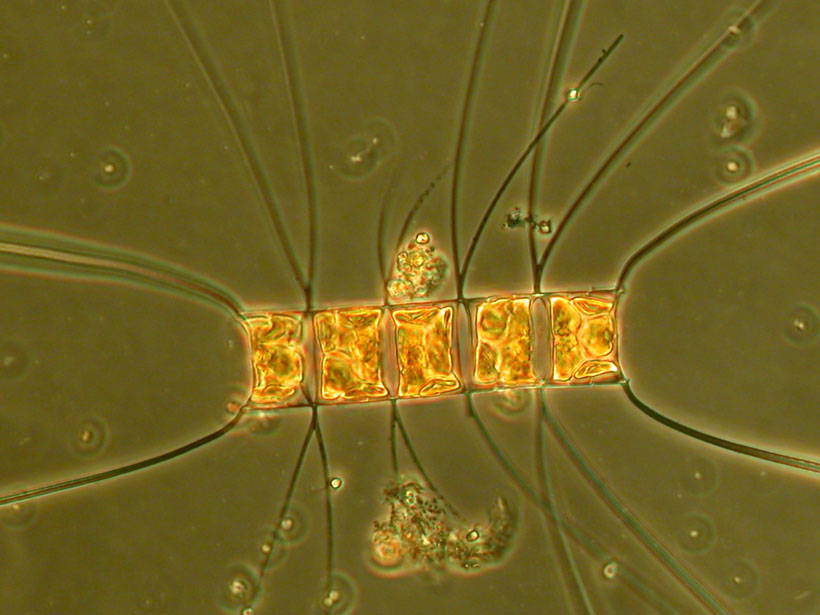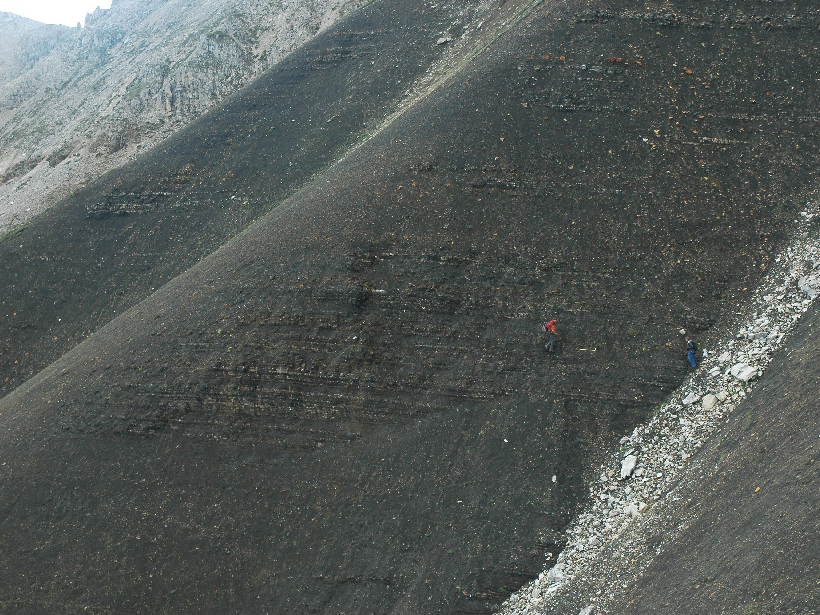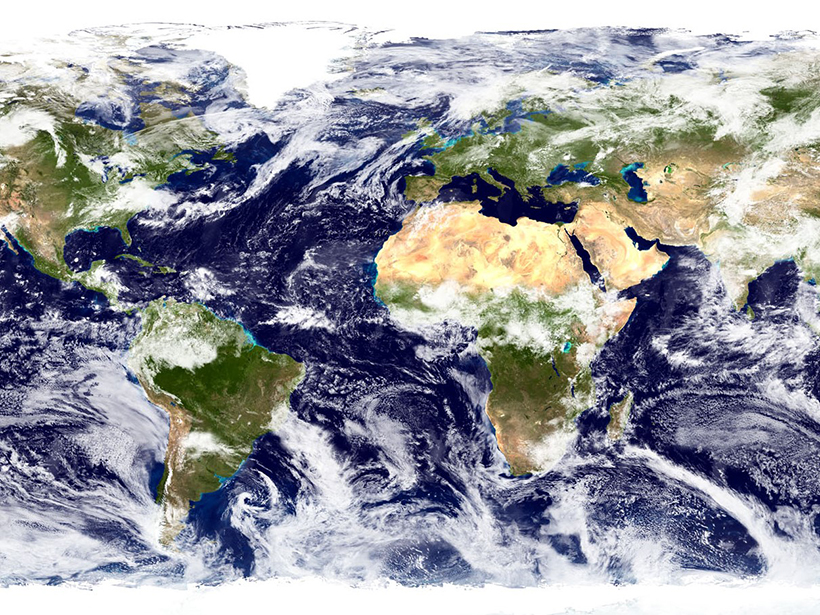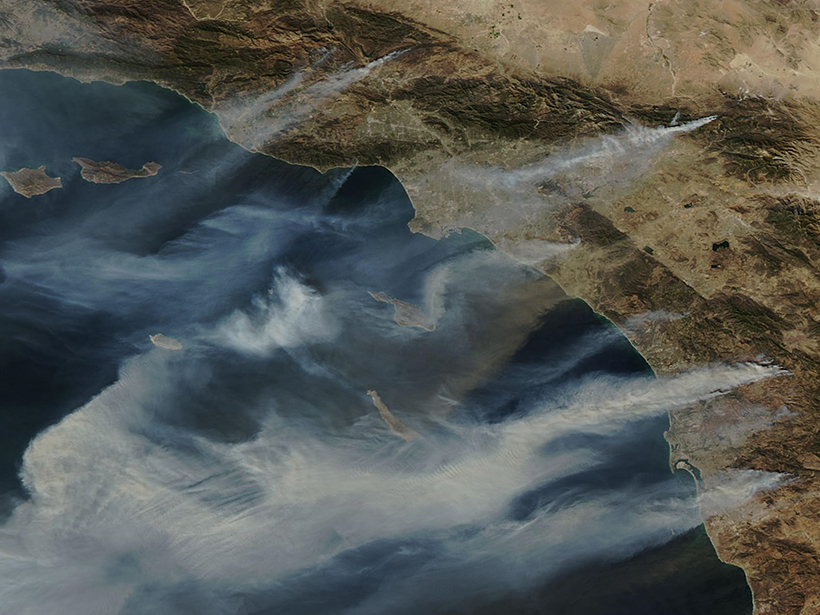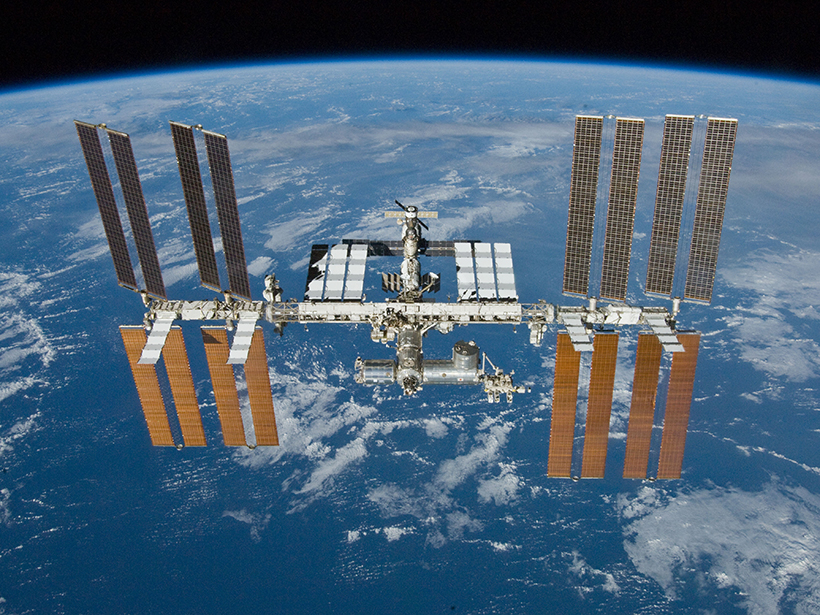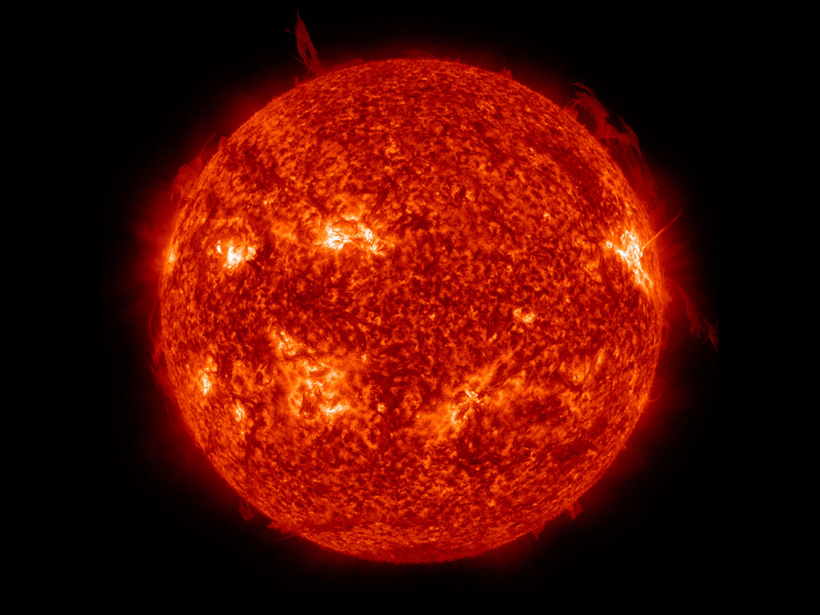Concentrations of methylated mercury in high latitudes show the importance of sunlight and biological activity for cycling the metal.
David Shultz
Snowpack Data Sets Put to the Test
A new study compares the accuracy of three observation-based methods of calculating snow water equivalent, a key component in water management.
Review of Go-To Iron Analysis Method Reveals Its Pros and Cons
Researchers validated some steps in the standard sequential chemical technique used to extract different forms of iron from rock samples but found inconsistencies in other steps.
Why Is Climate More Sensitive in the Latest Earth System Models?
Compared with previous generations, current Earth system models predict that Earth’s climate is more sensitive to carbon dioxide. Where does the increased sensitivity come from?
Mapping Martian Dunes from Orbit
New research shows how fast the sands shift on the Red Planet and how useful imagery from different orbiting cameras can be in studies of Mars’s dunes.
Santa Ana Winds and Wildfires Influence Air Pollution
Inhaling particulate matter is hard on human health. New research shows that Southern California’s Santa Ana winds can clear or exacerbate fine-particulate pollution depending on wildfire conditions.
Atmospheric Drag Alters Satellite Orbits
A new modeling study shows how the density of the thermosphere influences the paths of satellites in low Earth orbit.
Fault Dips Figured in Kīlauea’s Caldera Collapse
Large-volume volcanic eruptions can create instabilities in the ground above magma chambers, leading to massive collapses and telltale calderas.
Observational Data Validate Models of Sun’s Influence on Earth
Using a combination of independent models and observations over multiple timescales, scientists verify two important models that gauge the amount of solar radiation Earth receives.
Reconstructing 150 Million Years of Arctic Ocean Climate
A new summary of past Arctic climate conditions gives insight into anthropogenic influences on today’s climate and on the need for future drilling studies to further improve our understanding of the past.

